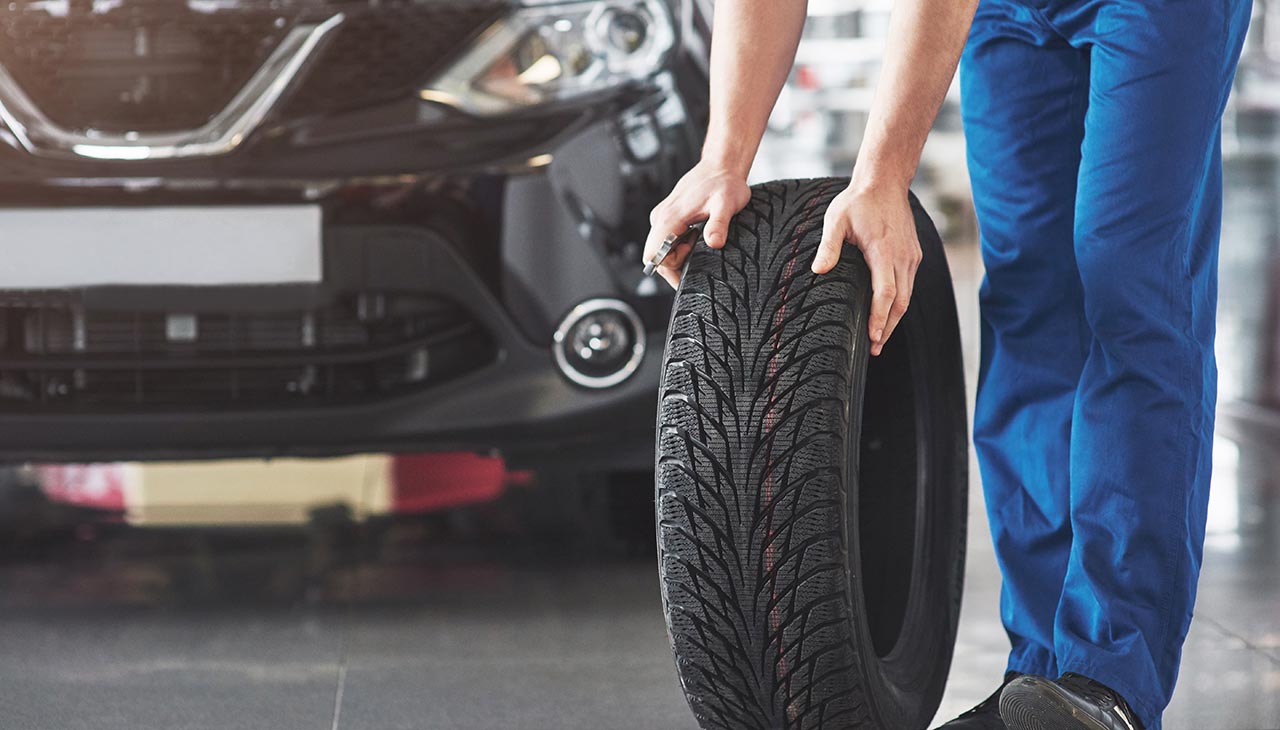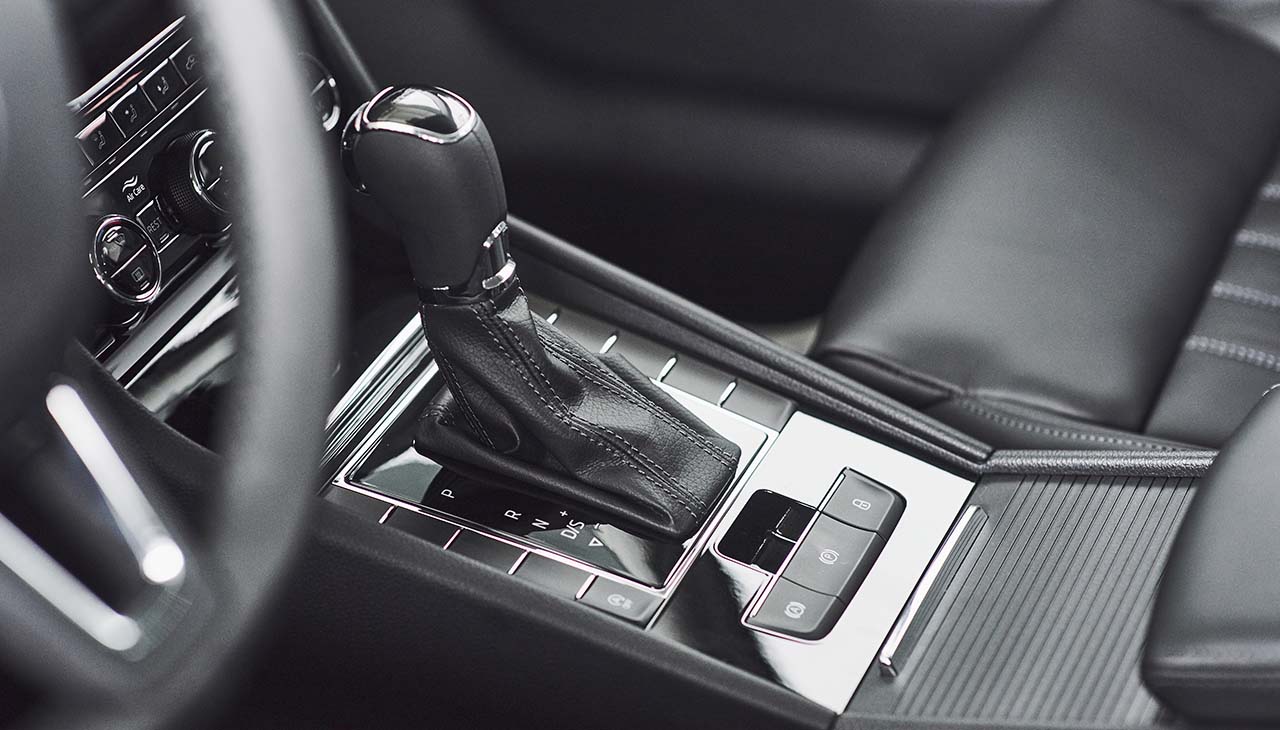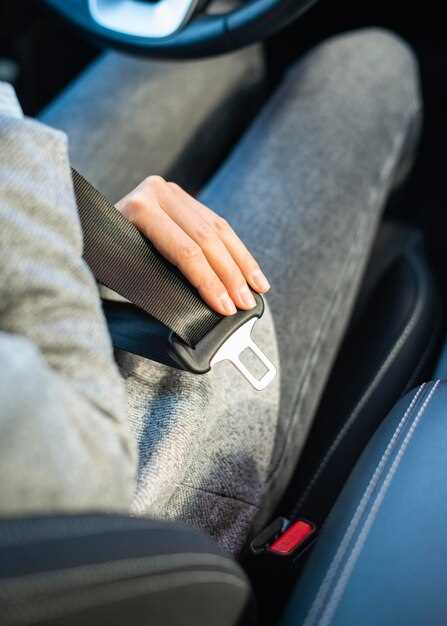
As we step into 2024, the demand for high-quality seat covers continues to grow. Whether you’re upgrading your vehicle’s interior or simply protecting your seats from wear and tear, finding the right seat covers is essential for both comfort and durability. A well-chosen seat cover not only enhances the aesthetic appeal of your car but also provides a layer of protection against spills, stains, and everyday use.
In this article, we will explore the best seat covers available in 2024 that prioritize comfort and longevity. With numerous options on the market, it can be challenging to decide which ones are worth your investment. Factors such as material quality, ease of installation, and maintenance are crucial in determining the best choice for your needs.
From luxurious leatherette options to breathable, moisture-wicking fabrics, we will highlight a variety of seat covers that cater to different preferences and lifestyles. Additionally, we’ll provide insights into the features that make these seat covers stand out, ensuring you make an informed decision for your vehicle’s interior protection.
Top Materials for Long-lasting Seat Covers
When selecting seat covers, the material plays a crucial role in ensuring both comfort and durability. Here are some of the best materials to consider for long-lasting seat covers in 2024.
1. Neoprene: Known for its water-resistant properties, neoprene is an ideal choice for those who lead an active lifestyle. It offers excellent protection against spills, stains, and UV rays, making it perfect for both everyday use and outdoor adventures.
2. Leather: Leather seat covers provide a luxurious look and feel. They are durable and easy to clean, with resistance to wear and tear. While they require occasional conditioning to maintain their appearance, quality leather can last for many years.
3. Polyester: High-density polyester is a popular choice for seat covers due to its strength and versatility. It is resistant to fading and easy to maintain, making it suitable for various climates. Additionally, polyester can be blended with other materials to enhance comfort and aesthetic appeal.
4. Canvas: Canvas is a rugged material that offers excellent resistance to tears and abrasions. It is often used in heavy-duty applications and is ideal for those who need extra protection for their seats. Canvas seat covers are also water-resistant, but they may require special cleaning methods to preserve their integrity.
5. Microfiber: Microfiber seat covers provide a soft, suede-like texture while being durable and easy to clean. They resist stains and are breathable, contributing to comfort during long drives. The material is also lightweight, making installation and removal a breeze.
6. 3D Neoprene: A variation of standard neoprene, 3D neoprene includes additional layers for added cushioning and protection. It conforms closely to the seat, ensuring a snug fit while providing extra comfort during long durations of use.
Choosing the right material for your seat covers is essential for enhancing the longevity, comfort, and aesthetic of your vehicle’s interior. With these options, you can find the perfect balance between style and functionality for your needs in 2024.
How to Choose the Right Size and Fit for Your Vehicle
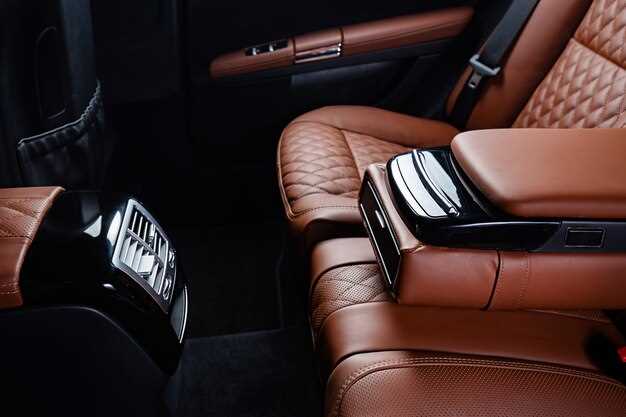
Selecting the appropriate size and fit for your vehicle’s seat covers is crucial for ensuring both comfort and durability. Here are several key steps to guide you in making the right choice.
1. Determine Your Vehicle’s Make and Model: Start by identifying your vehicle’s make, model, and year. This information is essential as seat dimensions can vary significantly between different vehicles. Most manufacturers provide specifications that can help you find compatible seat covers.
2. Measure Your Seats: If possible, measure the front and rear seats of your vehicle. Key dimensions to consider include the width, depth, and height of the seats. Additionally, take note of any unique features such as armrests, headrests, and seatbelt placements, which can affect the fit of the covers.
3. Refer to Size Charts: Many seat cover brands offer size charts on their websites. Use these charts to compare your measurements with the available options. Ensure that the selected covers are designed to fit your specific seat dimensions.
4. Consider Universal vs. Custom Fit: Seat covers come in two primary types: universal and custom-fit. Universal covers are designed to fit a wide range of vehicles, but they may not provide a snug fit. Custom-fit options are tailored specifically to your vehicle’s seats, offering a more precise fit and better protection.
5. Check for Additional Adjustability: Some seat covers feature adjustable straps or built-in elastic bands, allowing for a more flexible fit. Look for these features if you are choosing universal covers to enhance their adaptability to your seats.
6. Research Reviews and Recommendations: Before making a purchase, read customer reviews and recommendations. Look for feedback that mentions fit accuracy, ease of installation, and overall satisfaction. This can give you valuable insights into which covers work best for your particular vehicle.
7. Installation Considerations: Ensure that the seat covers you choose come with clear installation instructions. Some may require additional tools or modifications to install properly. A straightforward installation process can save you time and frustration.
By following these steps, you can confidently choose seat covers that not only fit your vehicle perfectly but also enhance your seating comfort and protection for years to come.
Maintenance Tips for Prolonging the Life of Your Seat Covers
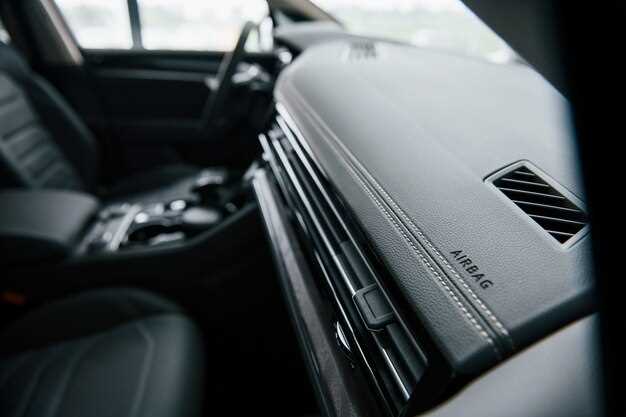
To ensure the longevity of your seat covers, regular maintenance is essential. Here are some effective tips to help you keep them in excellent condition:
1. Regular Cleaning: Clean your seat covers regularly to prevent dirt and grime buildup. Use a soft brush or vacuum cleaner to remove loose debris. For fabric covers, consider using a gentle upholstery cleaner, while leather covers can benefit from a specific leather conditioner.
2. Spot Cleaning: Address spills and stains promptly. Blot the area with a clean cloth to absorb excess liquid, then use a suitable cleaner for the material type. Avoid scrubbing, as this can damage the fabric.
3. Avoid Direct Sunlight: Prolonged exposure to direct sunlight can fade and damage seat covers. When possible, park your vehicle in the shade or use window shades to reduce UV exposure.
4. Use Seat Cushions: For added comfort and protection, consider using seat cushions. These can minimize wear on the covers and provide extra support during long drives.
5. Check for Loose Fittings: Periodically inspect the seat covers for any loose seams or fittings. Addressing minor issues promptly can prevent them from becoming larger problems.
6. Avoid Sharp Objects: Be cautious with pens, keys, and other sharp objects that can puncture or tear the seat covers. Keep such items secured in pockets or bags.
7. Store Properly: If you need to remove the seat covers for any reason, store them in a cool, dry place. Avoid folding them in a way that creates creases, which can be difficult to remove later.
By following these maintenance tips, you can enhance the durability and comfort of your seat covers, ensuring they remain an attractive and functional addition to your vehicle for years to come.






